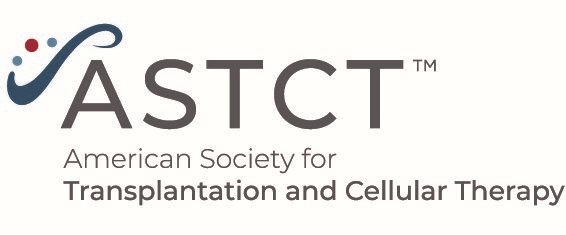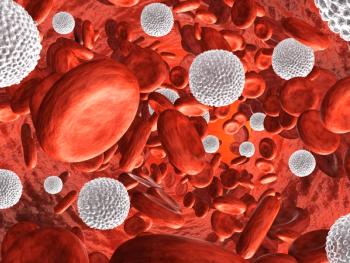
FLT3-ITD MRD “Is a Strong Independent Prognostic Factor for Relapse and Death” in AML

Eleanor Mayfield, ELS, discusses FLT3-ITD minimal residual disease in acute myeloid leukemia.
In patients who had achieved complete remission (CR) after two cycles of induction chemotherapy for newly diagnosed acute myeloid leukemia (AML), measurable residual disease (MRD) in internal tandem duplications (ITD) in the FMS-like tyrosine kinase 3 (FLT3) receptor gene was “a strong independent prognostic factor [for] profound risk of relapse and death,” researchers in the Netherlands reported in the Journal of Clinical Oncology in October.
“Furthermore, FLT3-ITD MRD outcompetes the impact of other currently established prognostic factors in FLT3-ITD AML, including the NPM1 mutation status and FLT3-ITD allelic ratio at diagnosis and residual disease measurements in CR” by next-generation sequencing (NGS)–based mutant NPM1 detection or multiparameter flow cytometry, write Peter J.M. Valk, PhD, of the Erasmus MC Cancer Institute at University Medical Center Rotterdam, and colleagues.
FLT3-ITD status was assessed by NGS at AML diagnosis in treatment-naïve patients (median age 51, 51% male) enrolled in clinical trials conducted by the Dutch-Belgian Cooperative
Trial Group for Hematology-Oncology or the Swiss Group for Clinical Cancer Research.
Patients were excluded if NGS did not confirm the presence of FLT3-ITD or if the FLT3-ITD was located in exon 15. Of 161 patients with de novo FLT3-ITD AML included in the analysis, MRD was present after induction in 47 (29%). The presence of FLT3-ITD MRD was associated with a 4-year cumulative incidence of relapse of 75% and 4-year overall survival of 31% versus 33% and 57%, respectively, for those without FLT3-ITD MRD.
The authors note that FLT3-ITD MRD was measured at a single time point, that only patients treated with intensive chemotherapy were studied, and that FLT3-ITD MRD failed to identify all relapses. Despite these limitations, they conclude that “NGS-based detection of FLT3-ITD MRD in CR… furnishes support for FLT3-ITD as a clinically relevant biomarker for dynamic disease risk assessment in AML.”
Reference
Grob T, Sanders MA, Vonk CM, et al. Prognostic Value of FLT3-Internal Tandem Duplication Residual Disease in Acute Myeloid Leukemia [published online ahead of print, 2022 Oct 31]. J Clin Oncol. 2022;JCO2200715. doi:10.1200/JCO.22.00715
Newsletter
Stay up to date on recent advances in the multidisciplinary approach to cancer.

















































































